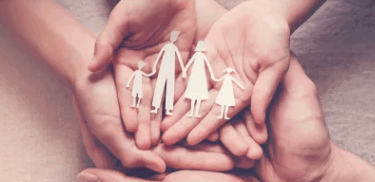On the other hand, some parents may learn how to establish play routines to “connect” with their babies, and often don’t realize how naturally these social interactions come for children without autism, says Misty Ballew, M.A., CCC-SLP, and Wendy Stone, Ph.D., of the Treatment and Research Institute for Autism Spectrum Disorders (TRIAD) at Vanderbilt University Medical Center.
Early diagnosis is important for a number of reasons. “Early intervention, when specialized to the unique needs of children with autism, can be very effective in improving social skills, learning and behavior,” notes Ballew. She and Stone give the following list of “red flags” for autism in children under the age of 3:
- Delayed development of spoken language – child doesn’t “babble” by 12 mos. or use spontaneous two-word phrases by 24 mos.
- Failure to use nonverbal forms of communication to compensate for delayed language development – child demonstrates inconsistent use of eye contact, gestures such as pointing or shaking head and facial expressions to convey needs and desires.
- Inconsistent response to sounds – child may not respond to his name being called; deafness may be suspected.
- Failure to direct the parent’s attention to objects or events to share interest – child may point to juice to request, but does not point to the sky to share interest in an airplane.
- Failure to imitate simple adult movements – child does not wave good-bye or imitate hand movements in games like pat-a-cake.
- Failure to interact in a reciprocal manner – child may interact only on his terms; may initiate games or affection but not respond when parents initiate them.
- Lack of interest in simple social games – child may be more interactive during physical games with parents, such as swinging or tickling, than during social games such as peek-a-boo.
- Lack of interest in other children – child may show limited interest in watching or playing with other children.
- Repetitive and restrictive play – child may show limited interest in toys, may play with toys in an unusual manner (e.g., lining them up), may play with toys the same exact way each time and/or may show limited imaginative play.





